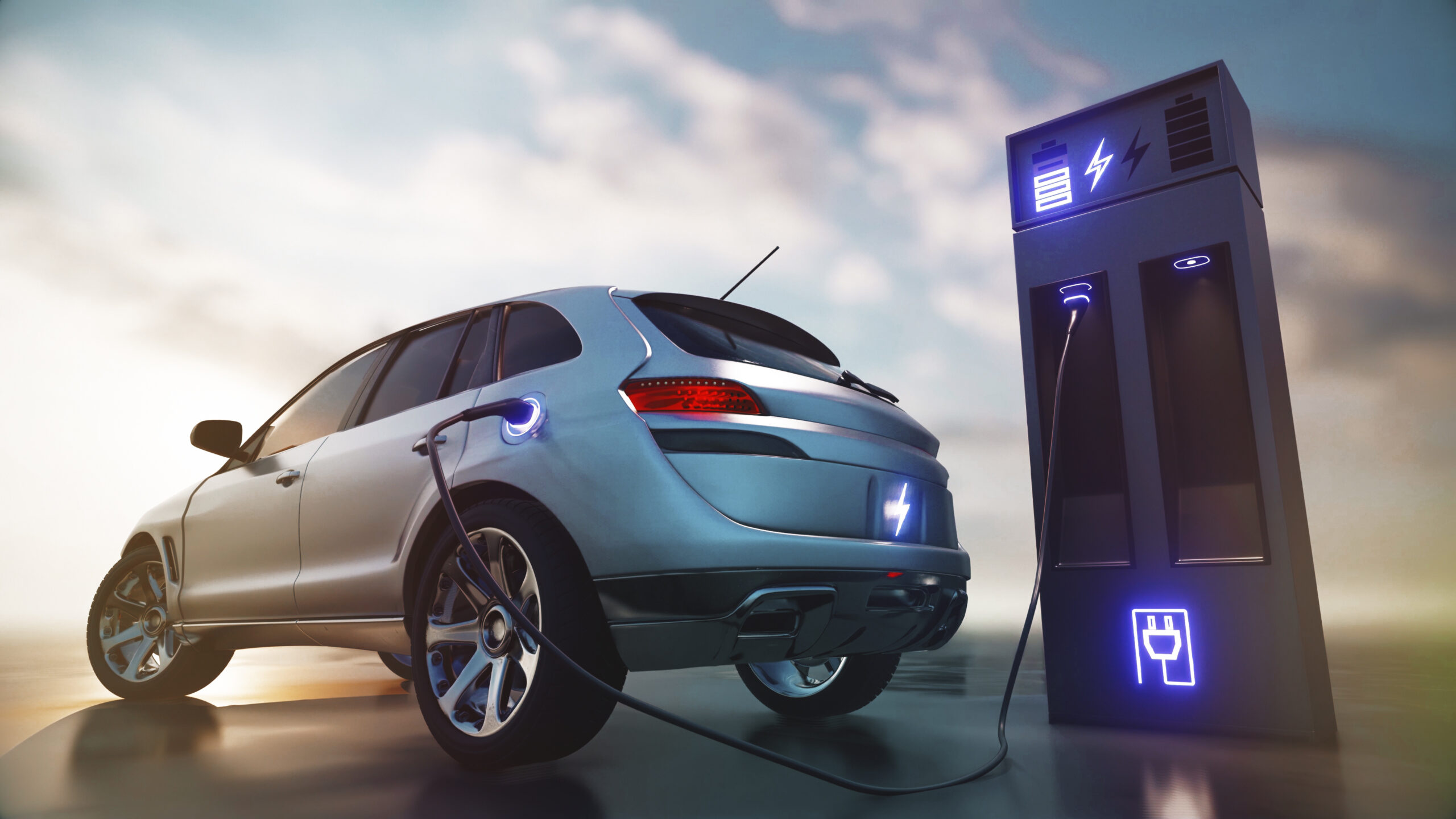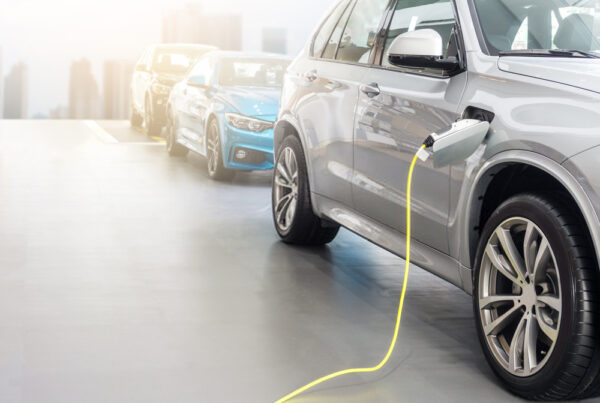The Australasian Fleet Management Association (AfMA) launched its EVs in Business Fleets Report last Thursday during a one-hour webinar which lasted almost two hours with 41 audience questions. Speakers during the webinar included Dr Steve Nuttall (Director, Fifth Quadrant), James Myatt (GM Customer Solutions, Ampol), Behyad Jafari (CEO, Electric Vehicle Council) and Mace Hartley (Executive Director, AfMA) with an audience of 353 people.
The report is the most comprehensive study of its kind to date and provides a comprehensive overview of Australia’s transition to zero-emissions vehicles within corporate fleets. It is developed from 167 survey responses representing 86,540 vehicles across various industry sectors. It is a significant step towards informing and empowering suppliers of products and services to Australian fleets, organisations operating a fleet of vehicles, and policymakers at all levels of government said Mace Hartley.
Australian business fleets are leading the way in the transition to electric vehicles (EVs). The 2023 EVs in Business Fleets Report found that 40% of fleets are now ranked as mature on the EV adoption index. This is a significant increase from 25% in 2020.
The Report found that more fleets are now using Battery Electric Vehicles (BEVs) with 45% of fleets now having at least one BEV, compared to 25% in 2020. Government fleets are at the forefront of EV adoption, with 90% of State/Federal fleets now considered “EV mature.”
The transition to EVs is set to ramp up over the next two to five years, with fleets planning to add an average of forty EVs over this period. This is a significant increase from the six EVs that fleets plan to add in the next 12 months.
Fleets are planning to add new EVs by either purchasing them outright or taking them on a long-term lease. Investment is also being made in charging infrastructure, with the most common charging arrangement being onsite. 71% of fleets with BEVs use onsite AC chargers. Fleets are planning to add more chargers to support their new EVs, mostly on-site AC chargers.
The main drivers for fleets to transition to EVs are environmental sustainability and corporate responsibility. 75% of fleets who already have EVs or who are planning to add them cite environmental sustainability as a reason for doing so, while 72% cite corporate responsibility. Operational cost savings are a lesser factor, but 39% of fleets that have EVs or who are planning to add them believe EVs can save them money.
Despite the strong interest in EVs, significant concerns remain among fleets regarding their efficacy and suitability. The most common concerns include the cost and complexity of setting up workplace EV charging infrastructure (83%), the availability of suitable models in Australia (79%), and driving range (79%).
Fleets believe that the most effective policies to encourage organisations to transition fleets to EVs are subsidies to reduce the cost of purchasing EVs (53%), subsidies to reduce the cost of workplace charging infrastructure (51%), public charging infrastructure (47%), and removing the luxury car tax (46%).
Whilst many businesses have added at least one EV that’s often a pool vehicle (shared by multiple drivers) with no home garaging rights, the results suggest growth is slow (only 1% of the 86,540 vehicles represented in this report are BEV) which likely reflects businesses are struggling to develop a process/policy to recommence drivers who have personal usage rights. As previously highlighted by AfMA, the removal of fringe benefits tax (FBT) from 1st July 2022 for fuel-efficient vehicles below the luxury car tax threshold of $89,322 (from 1st July 2023) can save organisations over $10,000 per year however the driver isn’t so lucky.
The FBT for the vehicle must be calculated (despite being waived for the organisation) and added to the driver’s annual payment summary. Whilst the driver won’t pay tax on the amount, it is used to determine eligibility for certain tax offsets and means-tested benefits and liability for certain Government charges including eligibility for family assistance payments, calculating liability for the Medicare levy surcharge, calculation of the amount the driver must repay against their debt for Higher Education Loan Program (HELP) and working out child support obligations, etc.
Another challenge for fleets is managing the process of reimbursing drivers for electricity usage where the car is charged at home. Whilst smart chargers and other software solutions can manage the calculations, the reimbursement is taxable income for the driver who must then claim an offsetting expense in their annual tax returns.
Mace believes these challenges represent large impediments for the mass adoption of EVs where drivers have personal usage rights or are required to home charge.
The findings of the survey suggest that Australian business fleets are committed to the transition to EVs. However, there are still some significant challenges that need to be addressed before EVs can become mainstream. Government support will be essential in helping fleets to overcome these challenges and accelerate the adoption of EVs
Resources
2023 EVs in Business Fleets Report
Article: “How the New Change on the FBT Tax is Impacting the End Users”
Did you find this article interesting? Give it a ‘like’ by clicking the ‘heart’ button above!



















